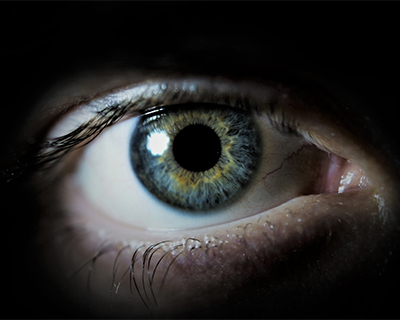Colored Rings in the Iris
Have you ever looked closely at your eyes and thought that they were not both the same color? Or have you seen two different colors in one of your eyes? This shouldn't surprise you: people’s eye colors are unique. Perhaps you have a white or blueish grey ring around your cornea that makes your iris, the colored part of the eye, appear lighter? Most people don't have multicolored eyes, but if you do here is what you should know.
Are Multicolored Eyes a Sign of Disease?
There are many different reasons why you might have multicolored eyes. If you have them, be assured that most of the time it is not a sign of anything that should cause you concern, including disease. It is easy to confuse normal color variations in your iris or color differences between your two eyes with colored rings around the cornea. These are different things, and neither is necessarily concerning. However, a sudden and obvious change in eye color could be a sign of a problem. If this happens to you, see your ophthalmologist for an eye exam.
Why Do My Eyes Have Colored Rings?
A true ring around the edge of the cornea is called arcus senilis, as seen in the image above. The cornea is usually clear and allows the color of your iris beneath it to show through. This ring can make it seem as though your iris is two different colors, but in fact it is a discoloration in the cornea. In older adults, arcus senilis is usually nothing to worry about. In children and young adults, it is a possible sign of a health issue that should be addressed, such as high cholesterol. See an ophthalmologist to get a proper diagnosis.

With central heterochromia, a healthy iris can have "rings" of different color.
People often confuse other differences in eye color in the iris with an arcus senilis ring in the cornea. But they happen in two different parts of the eye. For example, with partial or central heterochromia, your iris itself will have areas of different color in the same eye. This is not the same as having a white or bluish grey ring along the outside edge of the cornea. These types of heterochromia are usually natural eye color variations from birth that shouldn't worry you. But if you develop these eye color changes suddenly, get an eye exam.